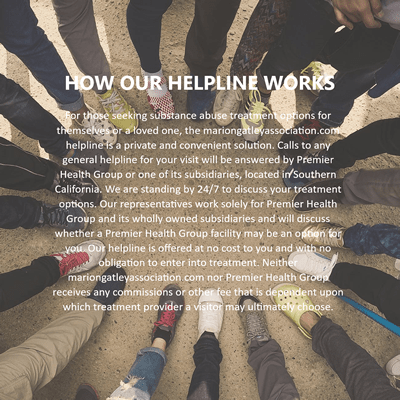Across the country, states are struggling to deal with the dire consequences that accompany the overwhelming opioid epidemic, but some areas have been hit particularly hard by the fallout. In Louisville, Kentucky, local authorities were shocked by a whopping fifty-two emergency calls regarding overdose in only thirty-two hours, between just after midnight on Thursday through eight in the morning on Friday.
The area has been ravished by overdose issues this year. Jefferson County, in which Louisville is located, averages about twenty-two overdoses per day so far in 2017. During January 2017, an incredible 695 overdoses have already occurred.
On the day in question, thirty-four of the fifty-two calls resulted in victims being sent to the emergency room for treatment. When reached for comment, a spokesperson for emergency services said that the overdoses were nothing out the ordinary, but instead were business as usual. Most of the overdoses were the result of prescription or heroin substance abuse.
Meanwhile, in Lexington, Kentucky, authorities are dealing with the opioid addiction crisis, as well. According to the local news in Lexington, there were one hundred thirty four deaths by overdose in the city in 2015, and by November of 2016, the city had already passed that number. During 2016, emergency responders in Lexington used one thousand five hundred fifty doses of naloxone, a medication which can reverse the effects of opioid overdose.
The rates of overdose seem to be the new status quote in the state. Louisville Mayor Greg Fischer gave a State of the City address in early February 2017 that hardly mentioned the crisis, with heroin coming up only once, indicating that the city has largely accepted the ongoing overdose issue as business as usual. In fact, Mayor Fischer neglected to mention the rise in deaths related to fentanyl, or the hundreds of instances of opioid overdose that have already occurred in the city so far this year.
Fentanyl deaths in the county rose from only twenty-six in 2015 to one hundred thirty nine deaths in 2016, a five-fold increase. Kentucky has one of the highest rates of fatal overdose in the entire United States, according to data released by the Center for Disease Control and Prevention. A report published by the Huffington Post in 2015 suggests that the state’s substance abuse treatment centers are outdated, antiquated, and all-around inadequate for the addiction crisis faced by the citizens of the state.
However, there is a silver lining, as well. Access to the medication naloxone, which can mitigate the effects of opioid overdose, may not reduce the rate of overdose, but it can reduce the rate of fatal overdose. In fact, of the fifty-two emergency calls regarding overdose, there was only one fatality.
If you or someone you care about is in need of addiction recovery treatment, no matter where you are or what your situation may be, the Intervention Association has the tools that you need to reach recovery. Contact us today!



